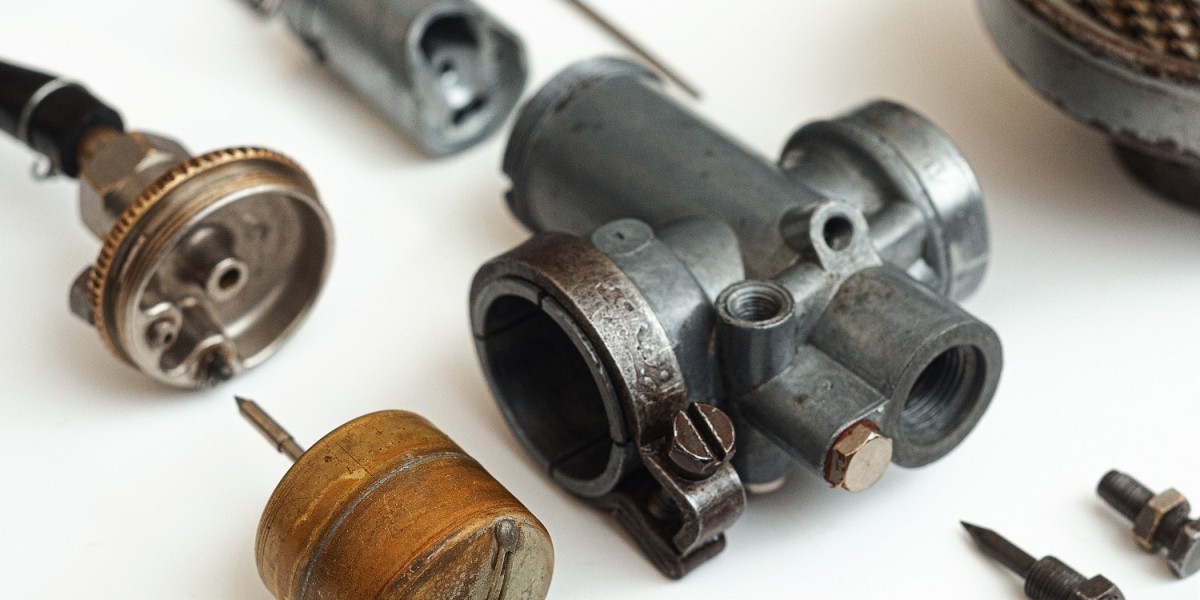In recent years, handheld laser welding machines have emerged as game-changers in the welding industry. Offering precision, efficiency, and versatility, these advanced tools have revolutionized welding processes across various industries. Whether you're a seasoned welder or new to the field, understanding how handheld laser welding machine work and their benefits can greatly enhance your welding capabilities.
What is a Handheld Laser Welding Machine?
A handheld laser welding machine is a portable device that uses laser technology to join materials together. Unlike traditional welding methods that use arcs or flames, laser welding employs a concentrated beam of light to create extremely precise and strong welds.
How Does Handheld Laser Welding Work?
Handheld laser welding works by focusing a high-energy laser beam onto the welding area. The laser beam melts the material, creating a weld pool. The material then solidifies, forming a strong bond between the pieces being welded. Here's a basic overview of the process:
Preparation: Prepare the materials to be welded by cleaning and aligning them properly.
Setting Up the Machine: Adjust the parameters such as laser power, pulse frequency, and welding speed based on the material and thickness.
Welding: The operator aims the laser beam at the joint to be welded while controlling the movement of the handheld device.
Weld Inspection: After welding, inspect the weld for quality and integrity.
Benefits of Handheld Laser Welding Machines
Precision: Laser welding offers high precision, allowing for intricate welds with minimal heat-affected zones.
Portability: Handheld machines offer flexibility and can be used in various positions and locations, even in tight spaces.
Speed: Laser welding is faster than traditional methods, increasing productivity.
Versatility: Suitable for welding a wide range of materials including metals, alloys, plastics, and more.
Quality: Produces strong, high-quality welds with minimal distortion.
Minimal Finishing Required: Laser welds often require little to no post-welding finishing, reducing overall processing time.
Applications of Handheld Laser Welding
Handheld laser welding machines find applications across numerous industries:
Automotive: Used for welding automotive components like gears, sensors, exhaust systems, and body panels.
Aerospace: Ideal for joining aerospace components where precision and strength are critical.
Electronics: Welding delicate electronic components with minimal heat impact.
Medical: Welding medical devices and implants.
Jewelry: Precision welding for jewelry repair and manufacturing.
Tips for Using Handheld Laser Welding Machines
Safety First: Always wear appropriate safety gear, including laser safety glasses.
Practice: Familiarize yourself with the machine settings and practice on scrap materials before starting actual projects.
Optimize Settings: Adjust laser parameters according to the material being welded for the best results.
Maintain the Machine: Keep the machine clean and well-maintained for optimal performance.
Inspect Welds: Regularly inspect welds to ensure quality and integrity.
Conclusion
Handheld laser welding machines offer unmatched precision, portability, and efficiency, making them indispensable tools in modern welding operations. Whether you're working in automotive, aerospace, electronics, or other industries, investing in a handheld laser welding machine can significantly enhance your welding capabilities and productivity. With proper training and practice, you can master the art of laser welding and take your projects to the next level.







